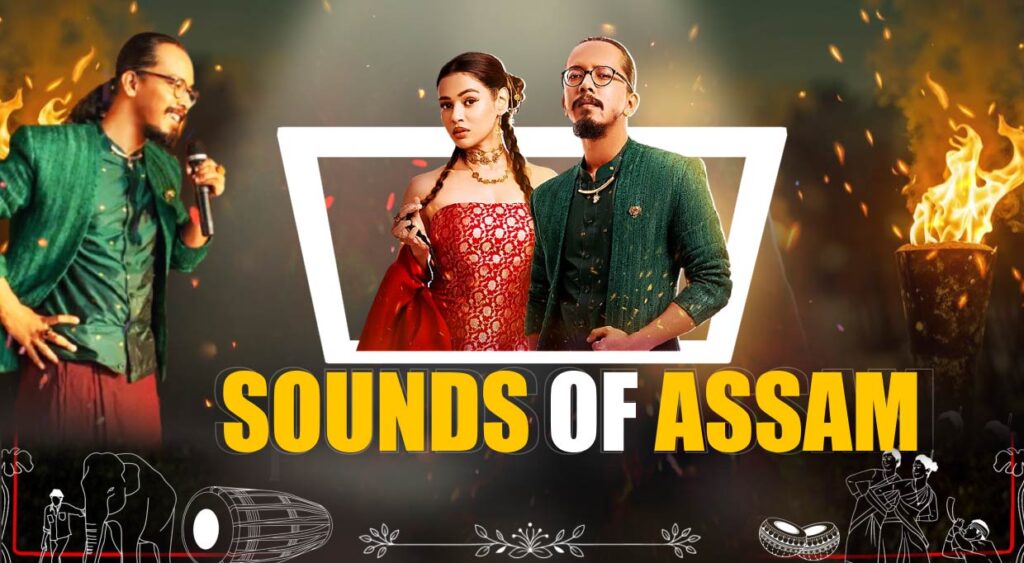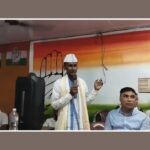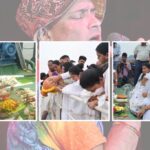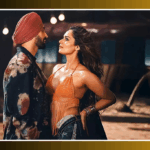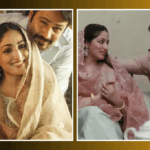Shankuraj Konwar, the soulful voice behind the mesmerizing track Holo Lolo from Coke Studio Bharat, has captivated audiences with his powerful fusion of traditional Assamese music and contemporary sounds. Known for his deep, emotive voice and tracks like Alakananda, Shankuraj’s latest project, Holo Lolo, takes us on a musical journey inspired by the rich heritage of the Moran community of Assam, where ancient songs have been used for centuries to build unbreakable bonds with elephants.
In this track, Shankuraj skillfully intertwines these timeless traditions with modern elements, creating a sound that bridges the old and the new. As he steps onto one of India’s most iconic music platforms, he’s ready to elevate his music to new heights, leaving fans eagerly awaiting what’s next in his musical journey.
In this exclusive interview, Shankuraj shares his experiences working on Holo Lolo, his connection to the Moran community, and how the sounds of Assam – along with the soulful contributions of Shalmali Kholgade -came together to bring this track to life.
The singer also talks about the influence of traditional instruments like the toka, gogona, and siphung, and how the deep bond between the Morans and elephants plays an integral role in the track’s emotional depth.
Q. Holo Lolo has been creating a buzz since its release on YouTube. What inspired the track?
A. The song is a fusion of Assamese folk and contemporary music, highlighting the bond between a phandi and his elephant. Holo Lolo is deeply inspired by the Moran community of Assam, who have used melodies for centuries to train elephants. These ancient songs, passed down through generations, reflect the community’s rich cultural traditions. The track blends these traditions with themes of adulthood, resilience, and wisdom, exploring the challenges we face as we grow older. I’m grateful for the amazing feedback from listeners, and it’s overwhelming how much attention the song has received. My phone hasn’t stopped ringing!
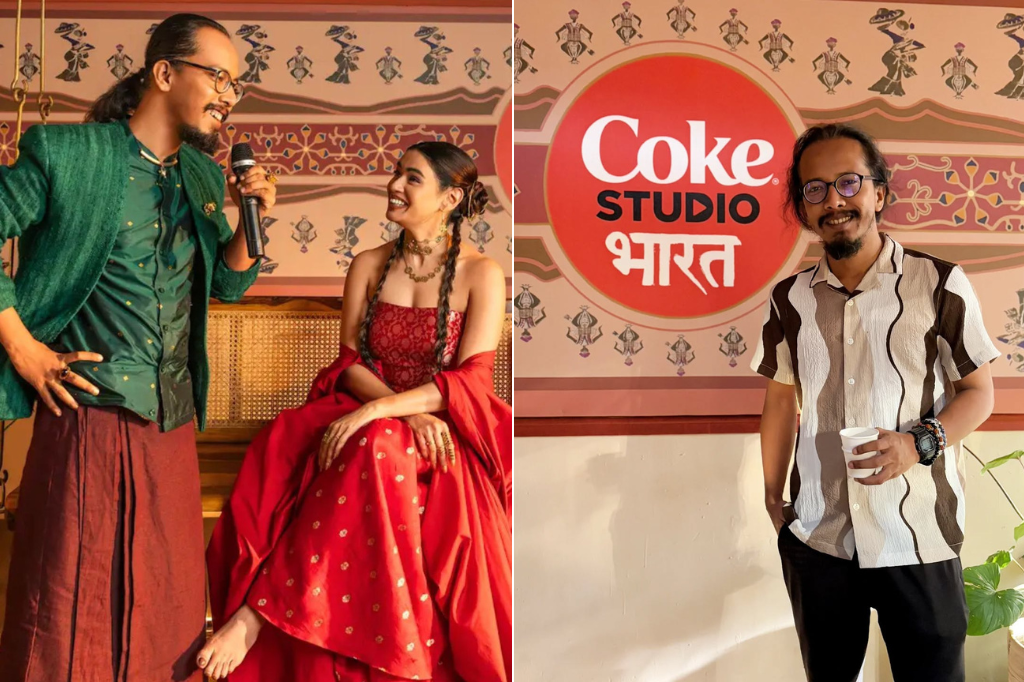
Q. What was it like working with Shalmali Kholgade on this track?
A. Working with Shalmali was an incredible experience. We developed a warm rapport during the recording, and her unique voice and perspective added a fresh dimension to Holo Lolo. Her contribution was vital in bringing the emotional depth we aimed for in the track. She was particularly focused on pronunciation. Our synergy was beautiful, and it truly felt like a collaboration that brought the song to life in ways I hadn’t imagined.
Q. The track features traditional instruments like the toka, gogona, and siphung. How crucial are these instruments in capturing the essence of Assam?
A. These instruments are the heartbeat of Assam’s music, carrying the spirit of our culture. The toka, gogona, and siphung tell the stories of our land and people. In Holo Lolo, they ground the song in tradition, while the electronic elements bring it into the modern world, creating a fusion of the timeless and contemporary.

Q. Tell us something about the song and musicians…
A. Apart from two phrases, the entire song is original and was created from scratch. The Coke Studio team gave me the freedom to choose the musicians. The folk melodies and lyrics for Holo Lolo were collected from Sarat Moran, with Assamese lyrics by Himanshu Sutiya Saikia and Hindi lyrics by Shloke Lal. Ishan Das took care of music production and sound design, also working with me on the music arrangement.
The track features talented musicians like Mrinmoy Sarmah (keyboards), Hriday Baba (percussions), Nawaz Hussain (drums), and Deepu Saikia (bass). Ishan Das and Bhaskar Saikia played the guitars, while Lakhinandan Lahon brought in the traditional Sifung and Been, and Lachit Boruah played the Assamese Dhol. It took us about six months to complete the recording and shoot the video.
Q. You mention the Moran community’s relationship with elephants in the track. How does this connection influence the music and the message of Holo Lolo?
A. The bond between the Moran community and elephants is deeply spiritual. Elephants are symbols of wisdom and strength, much like the lessons passed down through generations. These elephants have been trained with music for centuries, and their connection to the melodies is powerful. By incorporating this imagery into Holo Lolo, we aimed to convey strength, wisdom, and the deep bond we share with nature and our traditions.
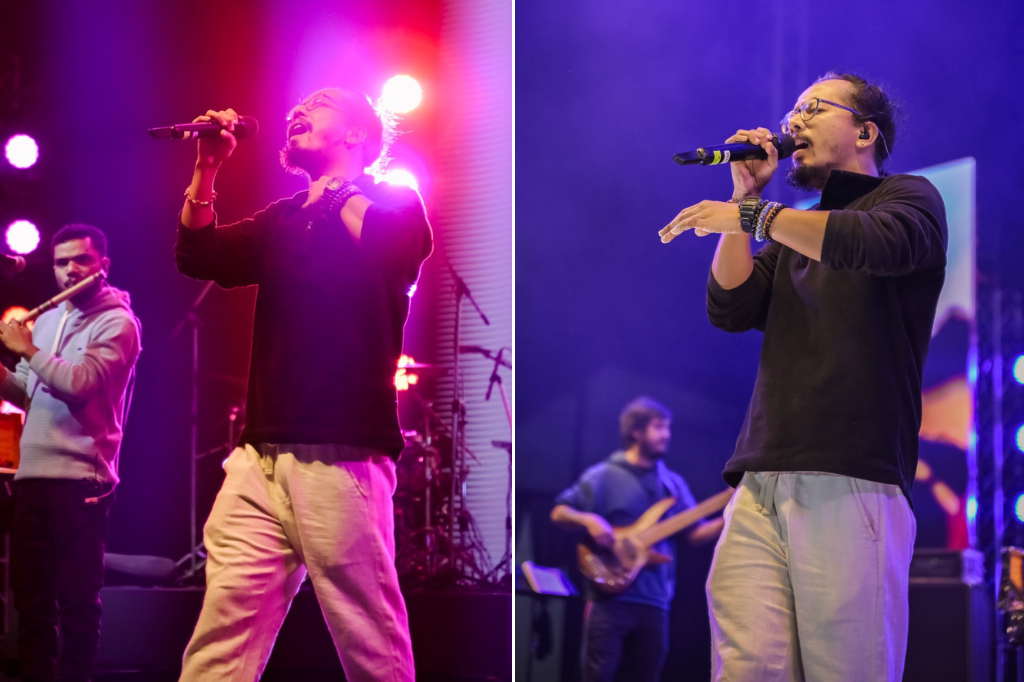
Q. How do you see your music evolving, and what future projects are you excited about?
A. My music will always stay rooted in my heritage, but I’m excited to continue exploring ways to blend traditional sounds with modern elements. I’ve got some exciting projects in the pipeline that I can’t wait to share with my listeners. My goal is to keep telling stories that resonate emotionally with people, just like Holo Lolo does.
Q. What does the song Holo Lolo mean to you personally?
A. Holo Lolo reflects the struggles and triumphs we experience as we grow older. It’s about understanding our heritage, navigating life’s challenges, and finding strength in the wisdom passed down by our ancestors. For me, it’s a song of hope and resilience, not just reflecting my own journey, but the collective experiences of my community.


